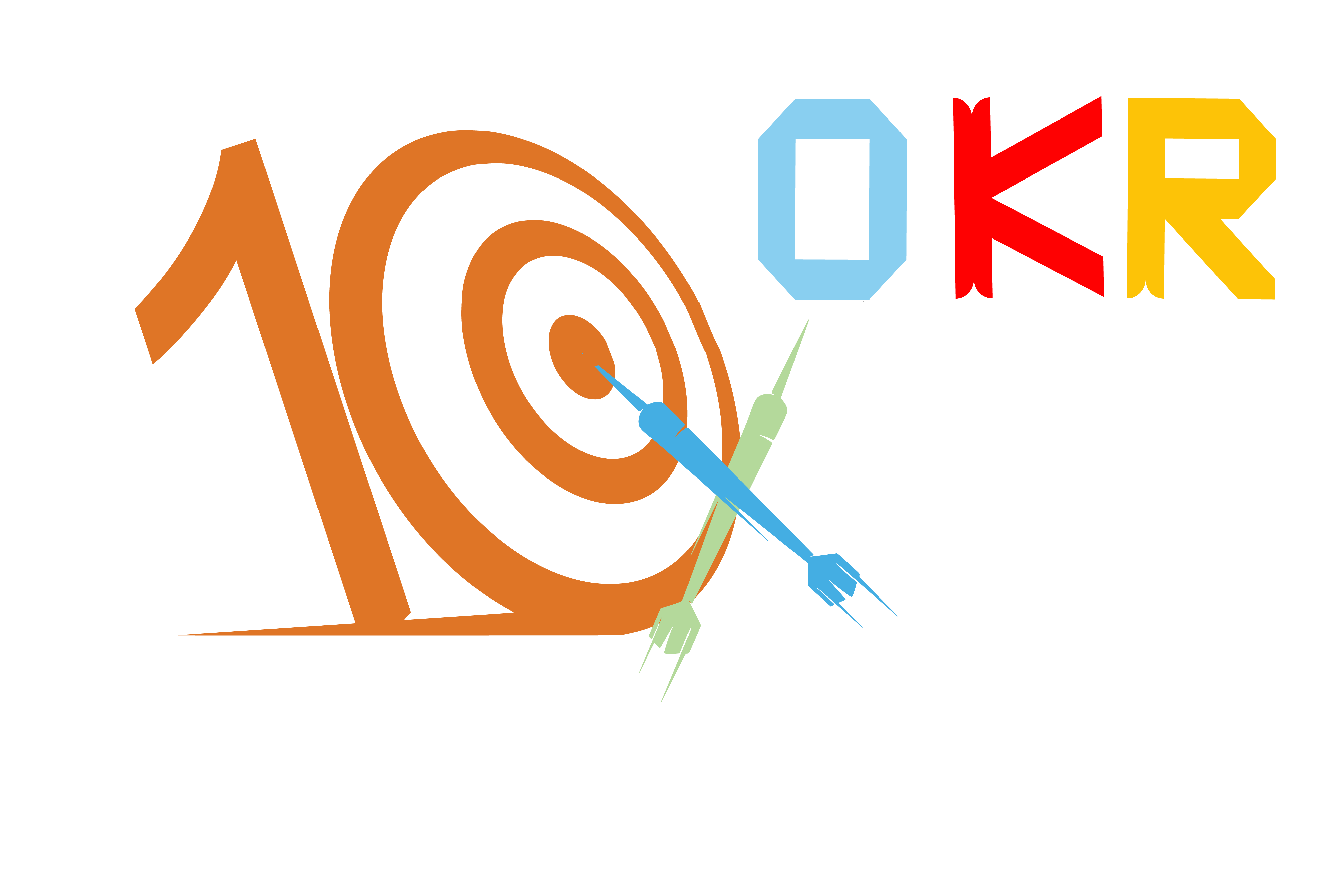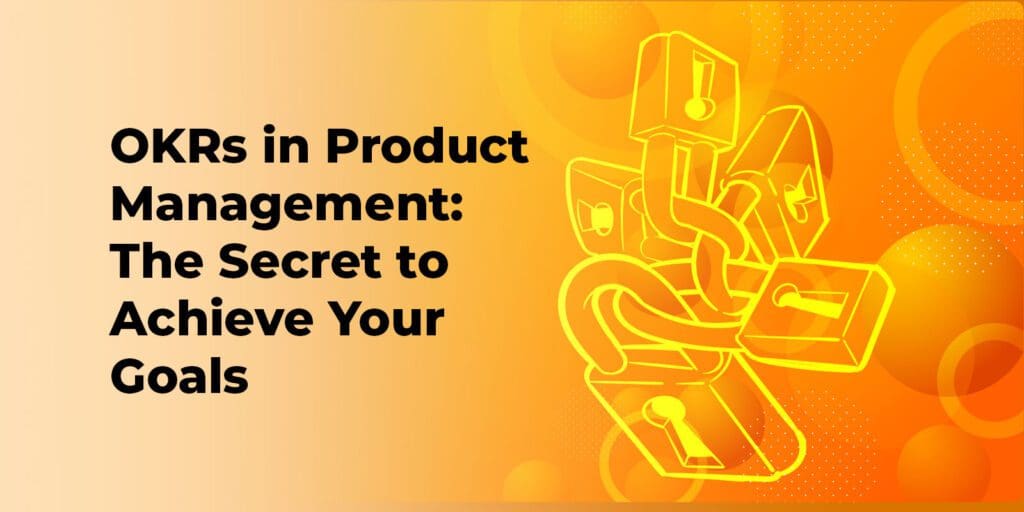Table of Contents
From Vision to Victory: Leveraging OKRs in Product Management
Product management involves various tasks, including defining product strategy, conducting market research, and creating product roadmaps. One of the critical components of successful product management-okr is setting and achieving business goals. Objectives and Key Results OKRs, is a goal-setting framework that has proven effective in product management. This article will explore how OKRs can be used in product management to achieve business goals.
Understanding Business Goals and How OKRs Can Help Achieve Them
Before we dive into OKRs, it’s essential to understand the importance of business goals in product management. Business goals provide direction and purpose to product management. They define what the organisation wants to achieve and how it plans to get there. Business goals can be broad or specific but must be measurable and achievable.
By offering a framework for establishing and monitoring progress towards company goals, OKRs can aid in achieving those goals. OKRs are a goal-setting methodology that aims to align individual and team goals with the overall business objectives.
OKRs consist of two parts: objectives and key results. Objectives are the things that the team wants to accomplish, while key results are the measurable outcomes that indicate progress towards those objectives.
What are OKRs, and How Do They Work in Product Management?
With an OKR framework, teams may concentrate on the most important things to the organisation. The OKR methodology is intended to be straightforward, adaptable, and quantifiable. OKRs are divided into two categories: key results and objectives.
Goals are clear, quantifiable, doable, pertinent, and time-bound. They should be demanding yet attainable and aligned with the overarching business objectives. The measurable outcomes that show progress towards the goals are considered key results. They ought to be time-bound, detailed, and measurable.
In product management, OKRs can help teams focus on the most critical tasks and measure progress towards the business goals. OKRs can be used to set goals for individual team members, cross-functional teams, or the entire organisation.
Objectives and Key Results (OKRs) for Product Teams
Product teams can use OKRs to set goals that align with the overall business objectives. OKRs can help product teams focus on the most critical tasks and measure progress towards achieving the business goals. Here are some examples of OKRs for product teams:
Increasing Customer Satisfaction
Objective:
Increase customer satisfaction by improving the product’s user experience.
Key Results:
- Conduct user testing on 100 users to identify areas for improvement.
- Increase user satisfaction rating from 3.5 to 4.0 on a scale of 1-5.
- Reduce customer support tickets related to user experience by 30%.


Increasing Active Users
Objective:
Increase the number of active users on the platform.
Key Results:
- Increase the daily active users from 10,000 to 15,000.
- Increase the time spent on the platform from 10 to 15 minutes.
- Increase user retention rate from 30% to 40%.
Setting Effective OKRs for Product Management
Setting effective OKRs requires careful planning and collaboration between team members. Here are some tips for setting effective OKRs in product management:
Align OKRs with Business Goals
OKRs ought to be in line with the overarching corporate objectives. This ensures the product team focuses on the most critical tasks contributing to the organisation’s success.
Keep OKRs Simple and Measurable
OKRs should be simple and measurable. They should be specific, time-bound, and achievable. This makes it easier to track progress towards the objectives and adjust the strategy if necessary.
Involve the Entire Team in OKR Planning
OKR planning should be a collaborative effort that involves the entire team. This guarantees that everyone is dedicated to reaching their goals and that they are all on the same page.
Review and Adjust OKRs Regularly
OKRs should be reviewed regularly to track progress and adjust the strategy if necessary. This ensures that the team is always focused on the most critical tasks and is progressing towards achieving the objectives.
Creating a Product Roadmap with OKRs
A product roadmap is a strategic plan that outlines the product’s vision and goals. OKRs can be used to create a product roadmap that aligns with the overall business objectives.


Here are some tips for creating a product roadmap with OKRs:
Define the Product Vision and Goals
The product vision and goals should be aligned with the overall business objectives. This ensures that the product team is focused on the most critical tasks that contribute to the organisation’s success.
Identify the Most Critical Tasks
The most critical tasks should be identified and prioritised based on their impact on achieving the product goals. OKRs can be used to set goals for these tasks and measure progress towards achieving them.
Define Milestones and Deliverables
Milestones and deliverables should be defined based on the product goals and objectives. This ensures the team is progressing towards achieving the objectives and staying on track.
The advantages of utilising OKRs in product management
Using OKRs in product management has numerous benefits. OKRs help to:
Focus on what is important:
OKRs help prioritise work and focus on the most critical goals contributing to business objectives.
Align everyone towards the same goals:
By ensuring that everyone in the organisation is working towards the same objectives, OKRs improve teamwork and collaboration.
Measure progress:
OKRs provide a framework to track progress towards goals, which helps to identify areas that need improvement and celebrate successes.
Adapt to changes:
OKRs are flexible and can be adapted to business goals and market conditions changes, making them an ideal framework for product management.
Tips for Successful Implementation of OKRs in Product Management
Implementing OKRs in product management requires careful planning and collaboration between team members.
Here are some tips for the successful implementation of OKRs in product management:
Communicate the Importance of OKRs to the Team
The team should be informed about the importance of OKRs and how they contribute to achieving the business goals. This ensures that everyone is committed to achieving the objectives.
Provide Training and Support
Team members should be trained and supported to understand how to set and achieve OKRs. The alignment of everyone’s goals and perspectives is confirmed by doing this.
Track Progress and Adjust the Strategy
Progress towards the objectives should be tracked regularly, and the strategy should be adjusted if necessary. This ensures that the team is always focused on the most critical tasks and making progress towards achieving the objectives.
Real-life examples of companies using OKRs in product management
Many companies have successfully implemented OKRs in product management to achieve their business goals. Google, Intel, and LinkedIn are some companies that have used OKRs to drive success.
Google uses OKRs to align everyone towards the same goals and prioritise work. LinkedIn uses OKRs to focus on customer satisfaction and increasing user engagement. Intel uses OKRs to drive innovation and reduce the time to market new products.
Conclusion – OKRs in Product Management as a Secret to Achieving Business Goals
OKRs are a goal-setting framework that can help product teams achieve business goals effectively. OKRs provide a simple, flexible, and measurable methodology for setting and tracking progress towards objectives.
OKRs can be used to set goals for individual team members, cross-functional teams, or the entire organisation. Organisations can use OKRs to achieve continuous improvement and business goals by adhering to this article’s guidelines and best practices.
Sign up for free to execute your goal-planning strategies starting today!



